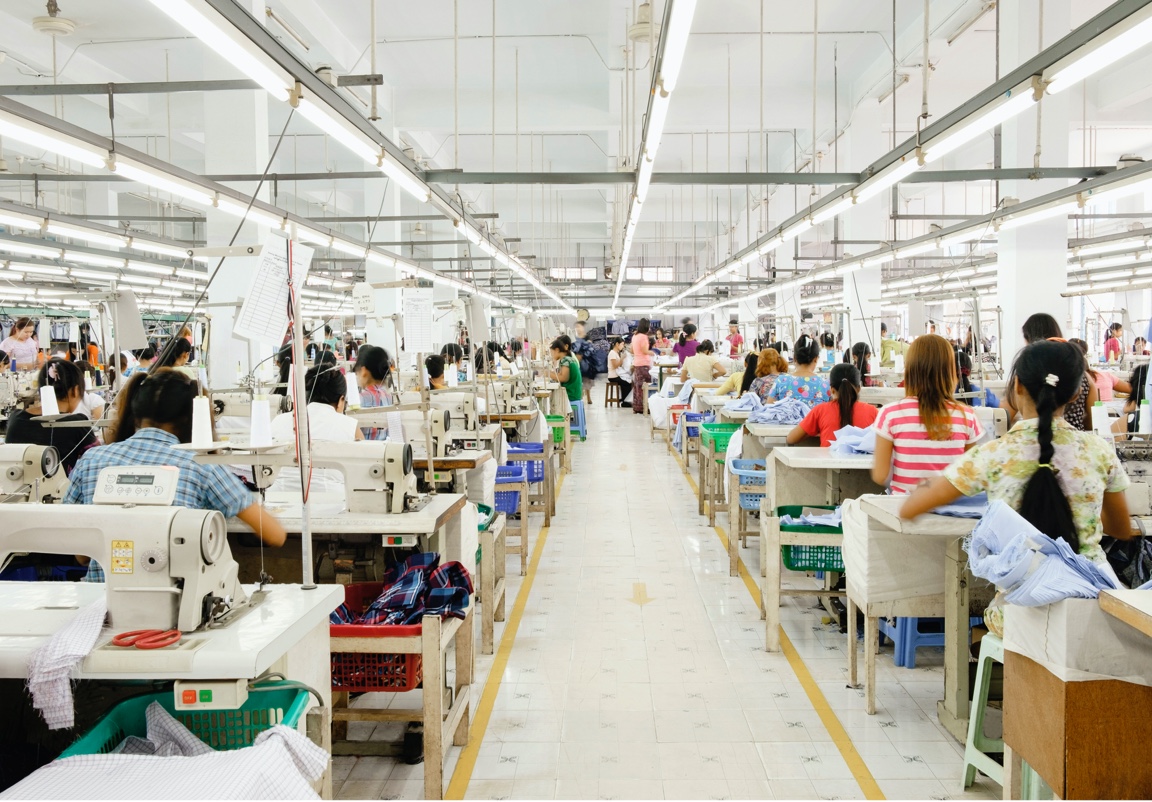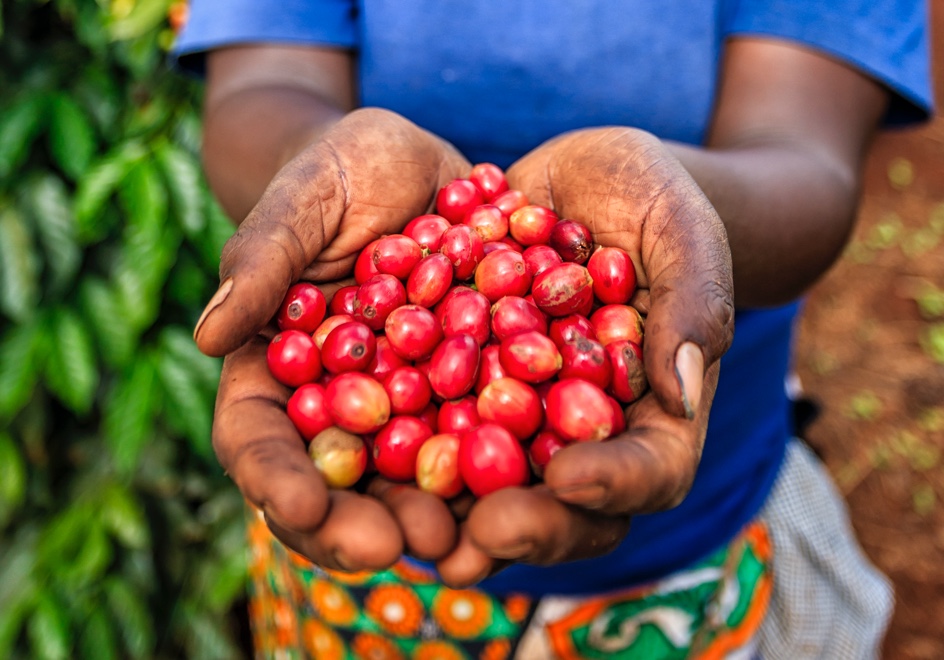Benchmark Methodology
The KnowTheChain benchmarks evaluate corporate efforts to assess forced labour risks in their supply chains and publishes sector-specific benchmarks every two years. Companies are assessed using a methodology which is based on the UN Guiding Principles on Business and Human Rights and which covers themes such as recruitment and worker voice. In 2025/2026, KnowTheChain will assess 145 companies across the three high-risk sectors.


Why Benchmarking?
KnowTheChain believes that benchmarks can play a powerful role in encouraging companies to uphold labour standards and protect workers’ rights, harnessing the competitive nature of markets to drive a “race to the top” by creating brand reward for leaders and brand risk for laggards. More importantly, they give companies and investors examples of good practices, the information necessary to understand performance, and a path forward.
2025/2026 METHODOLOGY
KnowTheChain made only minor updates to its benchmark methodology in 2024 focused on alignment with international standards and ensuring that indicator language accurately reflects scoring criteria.
2025/26 methodology
Reporting Guidance (PDF) This document accompanies the benchmark methodology and provides more detail on scoring criteria per indicator.
2022/2023 Methodology
KnowTheChain focuses on assessing the largest companies (based on market capitalisation) in high-risk sectors. In 2022/23, assessments focused on a core set of key themes which are articulated in a smaller subset of KnowTheChain’s existing methodology. This step supports KnowTheChain’s goal of assessing the steps companies are taking, beyond policies, and enhancing our focus on the implementation and outcomes of companies’ processes for addressing forced labour risks.
KnowTheChain’s subset of indicators, developed in 2019 and used alongside the full benchmark methodology in the 2020-21 benchmarks, have been adopted as the new methodology for the 2022/23 benchmarks. As such, KnowTheChain will now use a smaller and more focused set of indicators to assess companies than it has in the past. Read more about our methodology revisions here.
2022/2023 Methodology
2020/2021 Methodology
Information and Communication Technology
Food and Beverage
Apparel and Footwear
2018 Methodology
Information and Communication Technology
Food and Beverage
Apparel and Footwear
2016 Methodology
Information and Communication Technology
Food and Beverage
Apparel and Footwear
Changes to Methodology
Why does the methodology change?
The methodology is reviewed before every benchmark publication to align with evolving third-party benchmarks and standards and to include learnings from the previous benchmarks and feedback from other stakeholders. The methodology revision process includes sector-specific consultations with stakeholders from civil society, investors, and business.
What changed?
In addition to indicator-specific changes based on emerging good practices and stakeholder feedback, KnowTheChain has strengthened its methodology in the following areas, which will continue to be a focus for improvement going forward:
- Focusing more strongly on corporate action below the first tier, as worker abuse occurs at all tiers and workers may be more vulnerable deeper down supply chains where companies tend to have less visibility
- Moving the emphasis beyond policies towards processes and practices, with a particular focus on better measuring corporate performance
- Incorporating third-party data, such as allegations from reputable news agencies and participation in relevant industry and multi-stakeholder initiatives, in addition to corporate disclosure.
